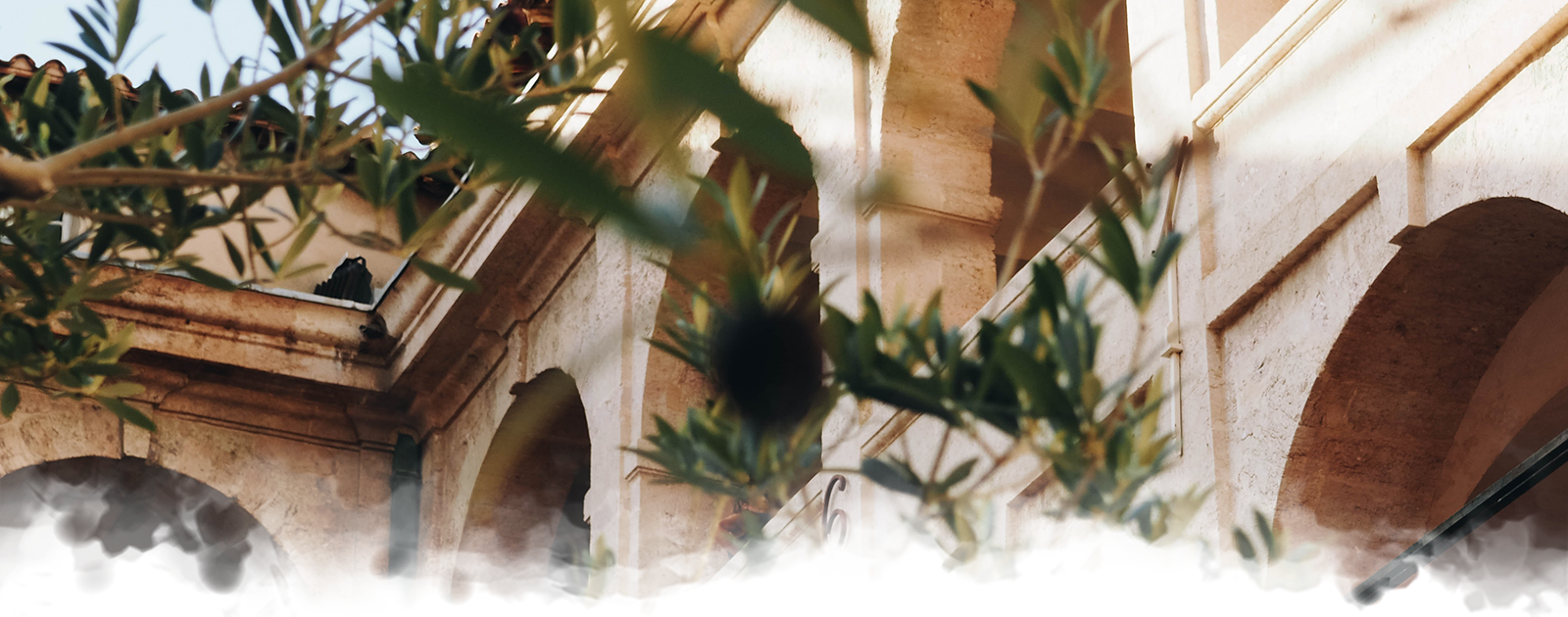Dryad Villages
A Grove Within A Grove
The Dryad House
LayoutOpen; no discernible room division Size
Thin and large; multistory Main Shape
Circular / Cylindrical Material
Wood and other natural materials- usually with a thatched roof
Main Colors
Natural and earthy tones accented by bright colors typically found in flowers Decorations
Sheer and flowing fabrics in bright tones, flower garlands & arrangements, nature murals, clay pots, baskets, and wooden or fabric furniture






















I love the rings layout of their villages! Are the trees of the grove planted in a pattern or is it more of a cultivated wilderness? Are other plants grown alongside them or is it just trees? What sort of penalty might one see for venturing into the grove?
Check out my summercamp by going here and checking out any of my gold-star articles!
Segregation of the rings is usually achieved by a combination of cultivated wilds, erected fencing, and tree plantings. As for punishments, it depends on the particular village, and whether or not the one violating the space is Dryad or other, friend or foe; some villages are so stringent they enforce the death penalty. Others will just kick you out of the village and ban you from it.
⤳ Buy me a Ko-fi
⤳ Join My Discord